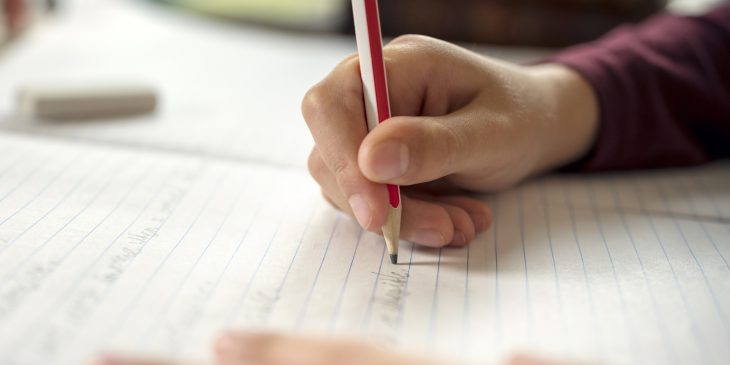With the 2020-21 school year approaching, many schools are preparing to safely reopen, and many families want to know how to keep their children as safe and healthy as possible when they head back to class.
Drs. John Williams, chief of the Division of Pediatric Infectious Diseases, and Megan Culler Freeman, senior pediatric infectious disease fellow at UPMC Children’s Hospital of Pittsburgh, answer questions about the return for children to school. They suggest families familiarize themselves with guidelines from the Centers for Disease Control and Prevention (CDC) and the state about how schools can open and limit the risk of spreading COVID-19.

Dr. Megan Culler Freeman
What are some safety tips parents and children should know when going back to school?
Dr. Freeman: The most important tools we have to reduce the risk and control the virus are face masks, hand hygiene and social distancing.
Students and staff must wear cloth face coverings at school and on the bus, as required by the state of Pennsylvania. It is important to note that students should wear a mask over their nose and mouth to keep others safe from infection. They should wash their hands for 20 seconds with soap and water, or use alcohol hand gel, before eating or touching their mask or face. And we can’t stress enough the importance of staying 6 feet apart from people who don’t live with them.

Dr. John Williams
Are children able to wear masks all day and are they safe?
Dr. Williams: Yes, especially cloth masks, which reduces the spread of coronavirus while allowing air to pass freely. Adults can easily see the child’s eyes and can still interact with them. Plus, there are a lot of kid-friendly designs with favorite cartoon characters, which makes masking more fun for children.
Are masks necessary for children?
Dr. Freeman: Yes. We know that masks reduce the spread of coronavirus by blocking respiratory droplets that carry the virus. Children are often asymptomatic but can carry and spread the virus.
What are some tips that children can follow to safely social distance when back in school?
Dr. Freeman: We know the safest place to be is outside. Educators can be very creative, and there are many low-risk games kids can play at recess that involve social distance and minimal shared objects. Another suggestion is to mark the hallways with colorful tape to direct one-way traffic.
Are there any precautions that parents should take if their child has an underlying medical condition?
Dr. Williams: While children in general may be at lower risk for severe illness, children with underlying health conditions may be at risk. Parents should always consult with their child’s pediatrician if they have medical concerns. At UPMC Children’s, we are doing what we can to protect our patients as we learn more about the virus.
Given the impact school closures have had on the well-being of students, are there any mental health challenges associated with return-to-school after last school year ended virtually?
Dr. Freeman: This has been a stressful time for everyone. And even if kids might be going back to school, it’s going to look and feel different than normal. It’s important to talk through what’s happening.
Lean into the uncertainty. We can’t promise them that they won’t get sick, but we can promise that their parents and teachers will do everything they can to keep them safe. People need to do their best to make smart choices they are comfortable with and do what they can to reduce risk of infection.
What should my child do if they participate in sports this fall?
Dr. Freeman: Work closely with coaches to see what sort of protective strategies are in place for the team/league. How are they working to increase social distancing during practices and decrease risk of COVID-19? What is their plan if someone gets sick? This is based on current conditions and whether the exposure risk of the sport is low or high. Please refer to your local health department for specific recommendations in your area.
Also, the UPMC Youth Sports Playbook contains recommendations for establishing a minimal set of standards in several categories for resuming athletic programs, including pre-participation physicals, social distancing, equipment sanitization, personal protective equipment, acclimation phases, illness protocols and practice and competition tactics.
With flu season around the corner, how do I know if my child has the flu or COVID-19?
Dr. Freeman: This is going to be one of our challenges during flu season. Unfortunately, symptoms of influenza and of COVID-19 can look very similar, and the only way to know for sure is with a test. If your child develops symptoms of fever or cough, we encourage you to call your doctor to make a plan for testing. Also, this year, getting the influenza vaccine is very important to reduce the risk of contracting influenza, seeing as every respiratory illness will send kids home from school and require COVID-19 testing.









